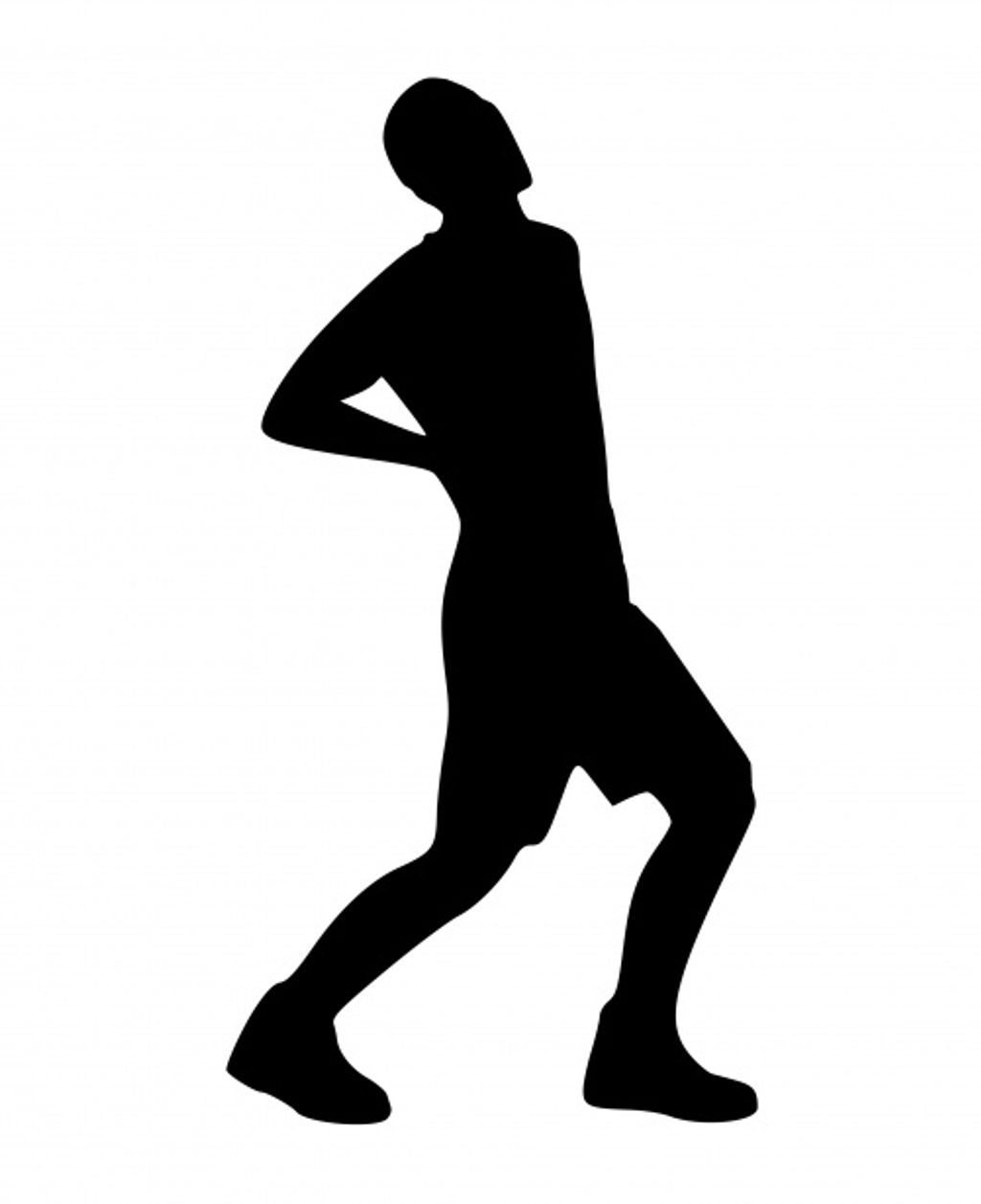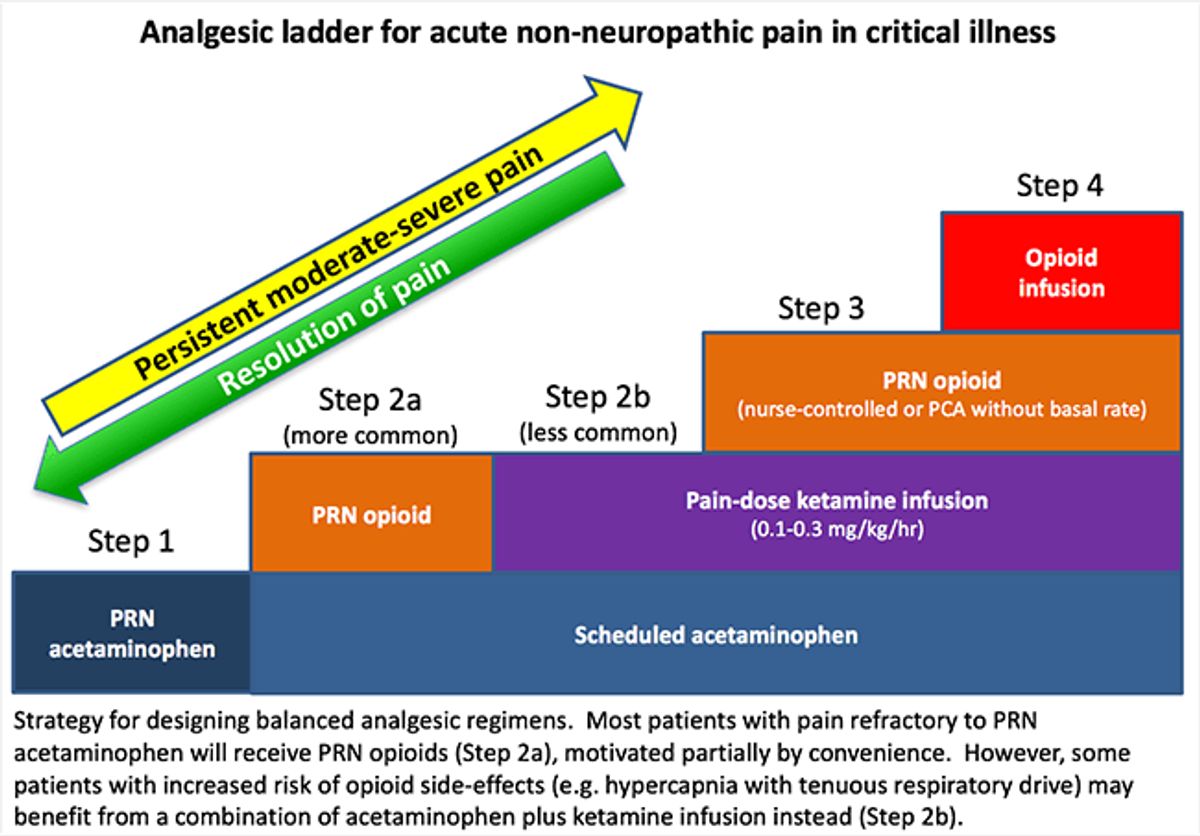
The Art of Post-Exercise Recovery: How to Bounce Back Quickly
Kicking Back: Mastering the Cool-Down Routine

Why Cooling Down Matters
Ever wondered why athletes don't just call it a day after the final whistle? Cooling down is crucial because it helps your body transition from an exercise peak to a resting state. This gradual process can prevent dizziness and muscle stiffness, making it a non-negotiable in your workout routine.
Cooling down also aids in the removal of waste products, like lactic acid, which can accumulate during vigorous activity. By slowing down gradually, you're giving your body the chance to kickstart the recovery process effectively.
- Reduces heart and breathing rates
- Gradually cools body temperature
- Lowers the chance of muscle soreness
Remember, a proper cool-down can be the difference between waking up feeling like a champ or a chump. It's all about giving your muscles the TLC they deserve after a good sweat session.
Step-by-Step Cool-Down Exercises
After a grueling workout, your muscles are screaming for a break. A proper cool-down routine can be the difference between waking up feeling like a spring chicken or a rusty tin man. Ease into your cool-down with some light cardio to gradually bring your heart rate down. Think of it as telling your body, 'Hey, we're winding down now.'
Stretching is your next step. Focus on long, deep stretches to help your muscles relax and lengthen. This isn't a race, so take your time with each stretch, aiming for at least 30 seconds per muscle group. Here's a quick rundown:
- Hamstrings: Sit and reach for your toes.
- Quads: Stand and pull one foot to your butt.
- Shoulders: Cross one arm over your chest and hold.
- Calves: Find a wall and press into it with one foot behind you.
Remember, the goal is to cool down, not to push your limits. If something feels too intense, back off a bit.
Finish off with some deep breathing exercises to calm your nervous system and signal to your body that the workout is truly over. Inhale deeply through your nose, hold for a few seconds, and exhale slowly through your mouth. Repeat this a few times and you'll be ready to take on the rest of your day—or a well-deserved nap!
The Role of Stretching in Recovery
Think of stretching as the yin to your workout's yang. It's the calm after the storm of an intense sweat session. Stretching isn't just about flexibility; it's a crucial component that aids in the reduction of muscle tension and the promotion of circulation, which in turn helps with the removal of waste products like lactic acid.
Recovery is when your body gets to work repairing those micro-tears in your muscles caused by exercise. And guess what? Stretching can play a big part in making that process more efficient. Here's a quick rundown of stretches that should be part of your recovery routine:
- Gentle static stretches for all major muscle groups
- Dynamic stretches to maintain mobility
- Yoga or Pilates poses for a deeper stretch and relaxation
Remember, stretching should never be painful. If you're wincing or holding your breath, ease up a bit. It's about finding that sweet spot where you feel a gentle pull and can relax into the stretch.
While stretching is awesome, it's not a cure-all. It's one piece of the recovery puzzle, so make sure to complement it with proper nutrition, hydration, and rest. Your muscles will thank you for it!
Refueling the Tank: Nutrition for Rapid Recovery

Post-Workout Snacks that Pack a Punch
Ever felt like a bottomless pit after a solid sweat session? That's your body screaming for nutrients! Refueling within 30 minutes post-exercise can significantly help with recovery. But not just any snack will do; you want the right mix of carbs and protein to kickstart muscle repair.
Here's a quick rundown of some powerhouse snacks that are both delicious and beneficial:
- Greek yogurt with a drizzle of honey and a handful of berries
- A smoothie with banana, protein powder, and a splash of almond milk
- Whole-grain toast topped with avocado and a poached egg
Remember, the goal is to replenish energy stores and provide the muscles with the necessary building blocks for repair. So, make your post-workout snack count!
Don't just grab the first thing you see in the pantry. Plan ahead and have your go-to recovery snacks ready. Your future self will thank you as you bounce back faster, ready to tackle the next challenge.
Hydration: More Than Just Water
Sure, guzzling water after a workout is a no-brainer, but hydration is a complex ballet of electrolytes and fluids dancing together to keep your body in tip-top shape. Electrolytes like sodium, potassium, and magnesium are the unsung heroes that help regulate nerve and muscle function, hydrate the body, balance blood acidity and pressure, and help rebuild damaged tissue.
Hydration isn't just about the water you drink; it's also about how you replenish these vital minerals. Here's a quick rundown of some electrolyte-rich beverages:
- Coconut water: A natural source of potassium, magnesium, and sodium.
- Sports drinks: Often fortified with electrolytes, but watch out for high sugar content.
- Electrolyte-infused waters: These can provide a quick fix without added sugars.
Remember, the goal is to replace what you've lost during exercise, not just to quench your thirst. Overhydration can be just as problematic as dehydration, so listen to your body and hydrate accordingly.
While water is the essence of hydration, it's the balance of fluids and electrolytes that truly keeps the recovery process flowing smoothly. So next time you reach for a post-workout drink, consider what your body has been through and what it really needs to bounce back.
The Skinny on Proteins, Fats, and Carbs
After you've crushed your workout, your body is in a state of repair and it's screaming for the right fuel. Proteins are the building blocks of muscle repair, so getting enough of them is crucial for recovery. But don't forget about fats and carbs! Fats help with hormone production and cell repair, while carbs replenish your energy stores.
Your post-workout meal should be a balanced mix of proteins, fats, and carbs to ensure a speedy recovery.
Here's a quick breakdown of what your plate might look like:
- Proteins: Grilled chicken, tofu, or a scoop of whey protein
- Fats: Avocado slices, nuts, or a drizzle of olive oil
- Carbs: Quinoa, sweet potatoes, or a slice of whole-grain bread
Remember, the goal is to refuel effectively, not to overindulge. Keep your portions in check and listen to your body's hunger cues. A well-balanced meal after exercising can make a huge difference in how quickly you bounce back and get ready for your next challenge.
Catching Z's: Sleep's Role in Muscle Repair

How Sleep Turbocharges Recovery
Ever wondered why you feel like a superhero after a good night's sleep? That's because sleep is the unsung hero of recovery. It's during those precious Z's that your body goes into overdrive repairing muscle tissue and restoring energy levels.
Sleep isn't just about quantity, though. Quality matters too. Hitting the deeper stages of sleep cycles is where the real magic happens, with growth hormone doing its nightly rounds to patch up the day's wear and tear.
- REM Sleep: Replenishes energy stores and balances mood
- Deep Sleep: Muscle repair and growth hormone release
Remember, a consistent sleep schedule is your ticket to waking up refreshed and ready to tackle the next workout with gusto.
So, don't skimp on the shut-eye. Aim for 7-9 hours of quality sleep to ensure your body has the time it needs to bounce back. And hey, if you're feeling extra beat, a short nap can do wonders too!
Creating the Ideal Sleep Environment
Transforming your bedroom into a sleep sanctuary can significantly enhance the quality of your post-exercise recovery. Keep the room cool, dark, and quiet to promote uninterrupted slumber. A temperature of around 65 degrees Fahrenheit is often recommended for optimal sleep conditions.
Lighting plays a crucial role in preparing your body for rest. Dim the lights an hour before bed to signal to your brain that it's time to wind down. Consider blackout curtains or a sleep mask if you're sensitive to light.
- Invest in a comfortable mattress and pillows
- Use earplugs or white noise machines to block out disruptive sounds
- Reserve the bed for sleep and intimacy only, avoiding work or screen time while in bed
Remember, creating a routine that signals bedtime is just as important as the sleep environment itself. Consistency is key to training your body to enter relaxation mode.
Nap Time: Short Sleep Sessions for Recovery
Ever felt like a quick snooze could do wonders after a grueling workout? Well, you're not wrong. Nap time isn't just for toddlers; it's a secret weapon for athletes too. Short sleep sessions, or power naps, can significantly enhance post-exercise recovery by accelerating muscle repair and refreshing your mind.
Power naps should be just long enough to be restorative but not so long that you fall into a deep sleep. Here's a quick guide to get the most out of those precious zzz's:
- Keep it brief: Aim for 20-30 minutes to avoid sleep inertia.
- Time it right: Early afternoon naps align with your body's natural circadian rhythm.
- Set the scene: Find a quiet, dark place where you can relax without interruptions.
Remember, the goal is to emerge from a nap feeling alert and refreshed, not groggy and disoriented. Think of it as a quick system reboot that can help you get back in the game faster.
While naps can't replace a good night's sleep, they're an excellent tool for a quick recovery boost. So next time you're feeling wiped out post-workout, consider a short nap as part of your recovery arsenal.
The Magic of Massage: Rubbing Away the Pain

Types of Massage for Post-Exercise Bliss
After a grueling workout, your muscles are screaming for some TLC, and what better way to give them that than with a soothing massage? Massage therapy is not just a treat; it's a crucial part of the recovery process. It helps to reduce muscle tension, increase circulation, and promote relaxation, which can all lead to a quicker recovery.
There are several types of massage that can benefit post-exercise recovery, including:
- Swedish Massage: Ideal for overall relaxation and improving blood flow.
- Deep Tissue Massage: Targets chronic muscle tension and knots.
- Sports Massage: Tailored specifically for athletes, focusing on areas of the body that are overused and stressed from repetitive movements.
- Myofascial Release: Aims at relieving pain by manipulating the fascia, the connective tissue around muscles.
Remember, the goal of post-exercise massage is not to add more stress to your body, but to aid in its healing process. So, listen to your body and choose the type of massage that feels right for you.
While it's tempting to think of massage as a luxury, it's actually a powerful tool for anyone looking to optimize their recovery. Whether you're a weekend warrior or a seasoned pro, incorporating massage into your recovery routine can make a significant difference in how you feel and perform.
DIY Massage Techniques
Getting a professional massage can be a treat, but don't underestimate the power of a good self-massage to ease those post-workout aches. You don't need fancy equipment to get started; your own hands are your best tools. Start by targeting the muscles that worked the hardest during your exercise session.
Focus on applying pressure with your fingers, palms, or even a tennis ball to work out knots and tight spots. Here's a simple guide to get you going:
- Neck and Shoulders: Gently knead these areas with your fingers, especially after upper body workouts.
- Legs: Use long strokes from your calves to your thighs, following the direction of your blood flow towards the heart.
- Feet: Roll a tennis ball under your foot to massage the arches after running or jumping.
Remember, the goal is to feel better, not to inflict pain. If something hurts, ease up!
Consistency is key with DIY massage. Make it a part of your regular post-exercise routine for the best results. And if you're ever in doubt about a technique or if it's causing pain, it might be time to consult a professional.
When to Opt for Professional Help
Sometimes, despite our best efforts, a DIY approach to massage just doesn't cut it. When you're dealing with persistent pain or injury, it's time to call in the pros. Professional therapists can provide targeted treatments that go beyond surface-level relief, addressing the root causes of discomfort.
Professional help is particularly crucial when you've tried all the self-massage techniques without significant improvement. Here's a quick guide to help you decide:
- Persistent or increasing pain despite regular self-massage
- Limited mobility that doesn't improve with routine stretching
- Post-exercise soreness that lasts for more than a few days
- Recurring injuries in the same area
If you're unsure about whether to seek professional help, listen to your body. It's often the best indicator of when you need more advanced care.
Remember, investing in professional massage therapy is not just about alleviating pain; it's about optimizing your body's recovery and performance. A skilled therapist can tailor their approach to your specific needs, potentially preventing future issues. So, don't hesitate to seek out professional help when your body is signaling for it.
Active Recovery: Gentle Movements for Rest Days

What is Active Recovery?
Ever heard of active recovery? It's not just lounging on the couch after a killer workout. Active recovery involves engaging in low-intensity exercise during the recovery period. It's all about moving your body gently to speed up the healing process without overdoing it.
- Walking
- Yoga
- Swimming
- Cycling
These activities promote blood flow, helping to flush out lactic acid and deliver nutrients to sore muscles. Think of it as a 'soft reset' for your body.
Active recovery aids in reducing muscle stiffness and soreness, making it a crucial component of a well-rounded recovery strategy.
Low-Impact Activities that Speed Up Healing
When it comes to healing, not all exercises are created equal. Low-impact activities are the superheroes of the recovery world, offering a gentle way to keep the blood flowing without overtaxing your weary muscles. Think of them as a soothing balm for your body, helping to speed up the healing process while keeping stiffness at bay.
Swimming, for instance, is a fantastic low-impact activity that provides resistance without the harsh impact of gravity. Here's a quick list of other low-impact activities that can help you bounce back faster:
- Yoga: Stretch and strengthen with mindful movements.
- Pilates: Core-focused exercises for overall stability.
- Walking: A simple yet effective way to maintain mobility.
- Cycling: Pedal away the soreness with minimal joint stress.
Remember, the goal is to engage in activities that feel good and help your body recover, not to push through pain or discomfort.
It's important to listen to your body and choose activities that match your current fitness level. Start slow and gradually increase the intensity as your body begins to heal. The key is consistency and patience; recovery is a journey, not a race.
Balancing Rest and Movement
Finding the sweet spot between rest and movement is key to a speedy recovery. It's all about listening to your body and understanding its needs. Too much rest can lead to stiffness, while too much activity can prevent your muscles from healing. It's a delicate dance, one that requires attention and care.
Active recovery isn't about pushing your limits; it's about gentle movements that promote blood flow and aid in the repair process. Here's a quick guide to help you balance your rest days:
- Listen to your body: If you're feeling sore or fatigued, take it easy.
- Stay active: Opt for a walk or a leisurely bike ride instead of a full workout.
- Plan your week: Alternate between harder workouts and active recovery days.
Remember, recovery is not a one-size-fits-all solution. What works for one person may not work for another. The key is to be mindful and intentional with your recovery strategies.


